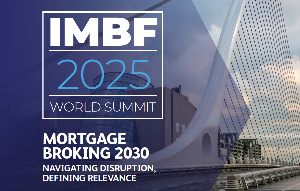
The latest data from Realestate.co.nz shows the total number of homes available for sale (19,488 homes) in January 2020 had fallen by 21.7% from the same time last year.
Not one region in New Zealand saw an increase in the number of homes for sale in January when compared to the same month last year.
Wairarapa and Taranaki saw the biggest drops in the number of homes for sale, seeing decreases of 49.3% and 46.9% respectively when compared to January 2019.
In the Bay of Plenty, total homes available for sale hit an all-time low for the second month in a row, dropping 20.6% since January 2019.
But there was a glimmer of hope in the data: following a record national low in December 2019, the total homes available for sale nationwide did increase by 6.9% from December to January.
Realestate.co.nz spokesperson Vanessa Taylor says that despite low stock in all regions, increased activity in the middle of the North Island could be signalling a market shift.
That’s because in the Waikato, Central North Island, Manawatu/Whanganui and the Hawke’s Bay, the number of new listings coming onto the market increased last month when compared to January 2019.
The proximity of these regions to one another, as well as flat average asking prices in the Waikato, Manawatu/Whanganui and the Hawke’s Bay, could be an early indicator that things are shifting, says Taylor.
“When we see new listings increase, it tells us that there is more activity in those areas than there was a year ago – this could be a clue that the tides might turn on the current seller’s market.
“Although it is too early to say whether this is a trend, we haven’t seen a lift in these regions for quite some time, so this is definitely something to watch over the next few months.”
Meanwhile, the ongoing shortage of stock is keeping a floor under prices, with Realestate.co.nz putting the national average asking price at $710,393 in January 2020.
While this was only a small increase on December 2019’s high of $703,780, the national average asking price only moved over the $700,000 mark for the first time at the end of 2019.
Taylor says it will be interesting to watch what happens to the national average asking price in 2020.
“We often see the national average fluctuating quite a bit in response to what is happening around the country, so we will be waiting to see if the price holds above $700,000 or drops back down to the mid to high $600,000s that we saw throughout 2019.”
On top of the rise in the national average, four regions hit all-time asking price highs in January. They were Otago ($497,127), Southland ($386,210), Marlborough ($581,106)and the Central North Island ($536,704).
And, as for Auckland, the region’s market remains tight, but the property listing website has its prices down on the same time last year
Auckland’s average asking price came in $952,861 in January, which was up by 1.3% on December 2019.
Taylor says it had fallen back to $875,476 in May 2019 and it hovered between the low to mid $900,000s throughout last year. “Last month we saw this trend of peaks and troughs continue, although prices are still marginally below what they were in January 2019.”
The total number of homes available for sale in the region in January increased slightly on December but was still down by 22.2% on the same time last year. New listings were also down on January 2019 with a 5.6% decrease in new properties entering the market in January 2020 than in the previous year.




Comments
No comments yet.
Sign In to add your comment